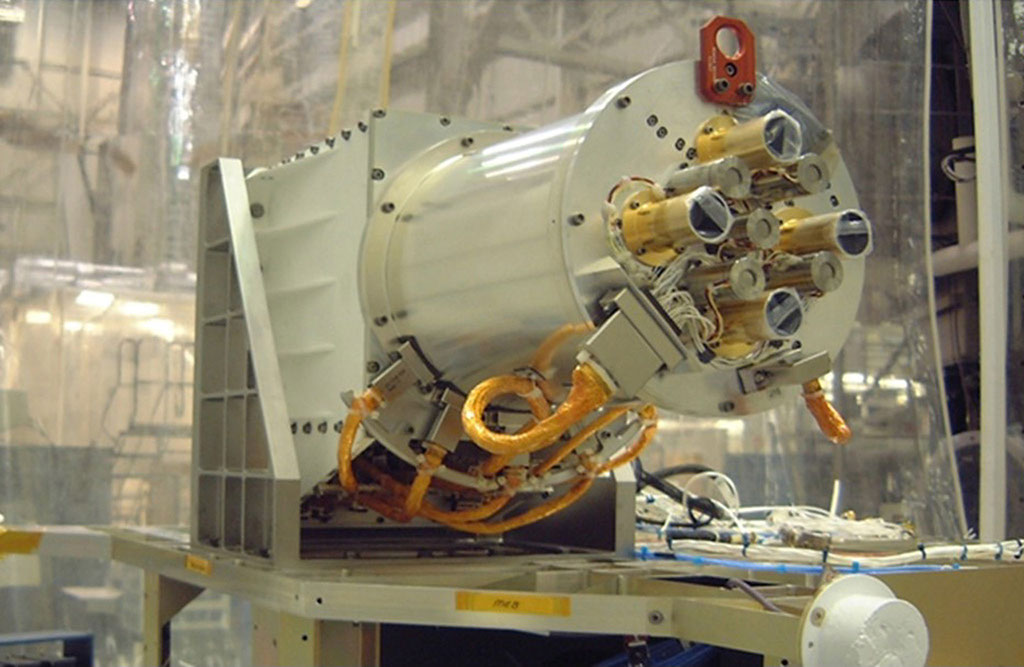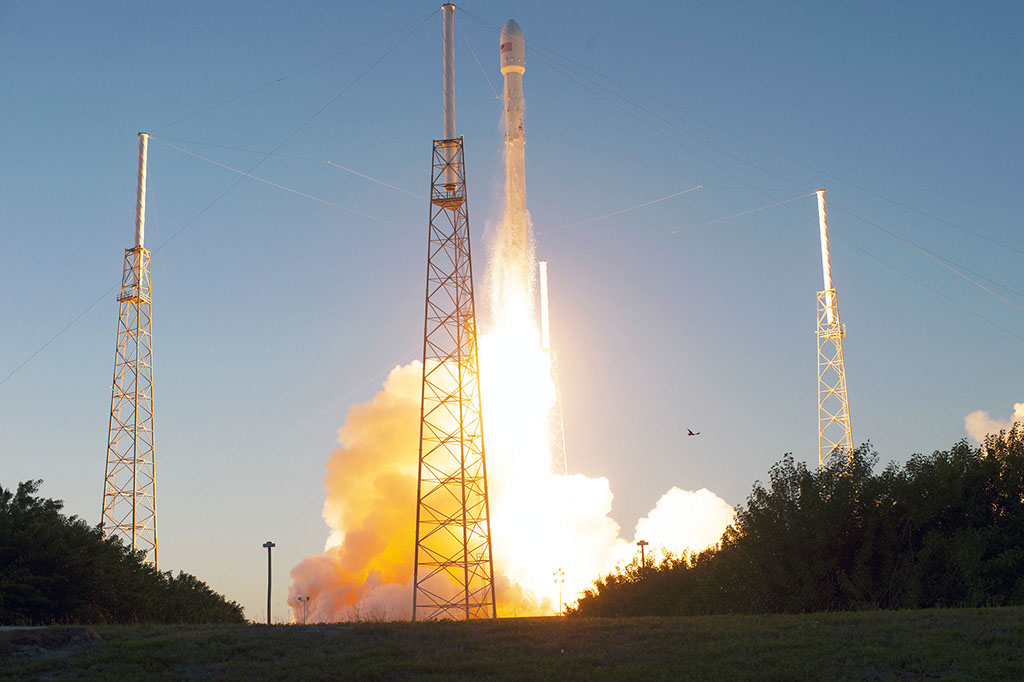PRODUCTS NISTAR for DSCOVR

What is DSCOVR?
The Deep Space Climate Observatory, or DSCOVR, is a spacecraft orbiting between Earth and the sun, observing and providing advanced warning of particles and magnetic fields emitted by the sun (known as the solar wind) which can affect power grids, communications systems, and satellites close to Earth. From its post at the Lagrange point 1 (or L1), approximately one million miles from Earth. DSCOVR observe our planet and provide measurements of the radiation reflected and emitted by Earth and images of the sunlit side of Earth for science applications.
The Deep Space Climate Observatory (DSCOVR) mission is a partnership between NOAA, NASA and the U.S. Air Force. NOAA operates DSCOVR from the NOAA Satellite Operations Facility and process data at the agency's Space Weather Prediction Center for distribution to users within the United States and around the world. The data can be archived at NOAA's National Geophysical Data Center.
A second NASA Earth-facing instrument on DSCOVR, the National Institute of Standards and Technology Advanced Radiometer (NISTAR), measures the total amount of solar energy that reflects off Earth, as well as the heat emitted from our planet, according to Steven Lorentz, NISTAR instrument lead investigator and president of L-1 Standards and Technology, Inc. Because of this, the instrument fills in a missing piece of energy information not observed by other satellites. NISTAR was designed and built between 1999 and 2001 by Ball Aerospace and Technology Corporation and the NIST Optical Technology Division, in conjunction with the Scripps Institute of Oceanography and NASA, as part of the DSCOVR mission. The instrument consists of four detectors, three electrical-substitution active cavity radiometers and a photodiode, and several banddefining optical filters that can be used with any of the detectors. In 2010 and 2013, the NISTAR instrument was calibrated against a portable version of the NIST SIRCUS (Spectral Irradiance and Radiance Responsivity Calibrations using Uniform Sources) facility.
“Whenever Africa is in view, we get the highest photoreflectance,” Lorentz said. “And, even though it’s the same planet spinning, the amount of cloudiness varies planet-wide every day.”
Earth’s reflectiveness varies throughout the year, as well. As Antarctica tilts towards the sun in November, NISTAR’s signal edges up as the massive ice sheet changes the planet’s energy budget. It’s a measurement that, over time, could help scientists studying how the reflectance of the sun’s energy back into space can impact Earth’s changing climate.
Visit NOAA for more information about DSCOVR
Download:

© 2017 L-1 Standards and Technology, Inc.
Corporate Information
- Welcome to L-1
- Contact L-1
- Gallery
- Terms & Conditions
- Careers
- Privacy Policy





101x68.jpg?crc=344199579)

101x79.jpg?crc=377592605)



.jpg?crc=4014467467)

.jpg?crc=201601230)